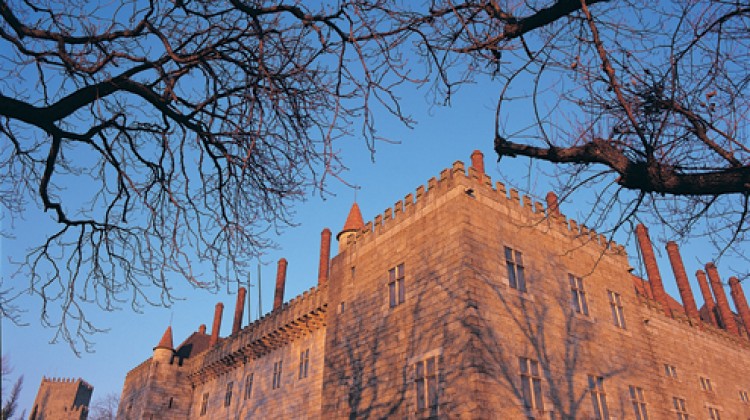
Majestic manor house of the fifteenth century constructed by order of D. Afonso – the future Duke of Bragança , bastard son of King John I – which became his and his second wife, D.Constança de Noronha, residence . Palace of vast dimensions , architectural features of fortified house , roofing and numerous strands of strong cylindrical chimneys denoting the influence of stately architecture of Northern Europe, it is a unique example in the Iberian Peninsula .

The 16th century marks the beginning of the consequent ruin which worsened until the 20th century. The rebuilding of the palace began in 1937 and lasted until 1959 , when it is open to the public and was transformed into a museum whose estate is dated from the seventeenth and eighteenth centuries .
The existing collections are distinguished by its contribution to the history of the Portuguese Discoveries , the set of the four copies of the tapestries of Pastrana whose design is attributed to the painter Nuno Gonçalves ( 15th century ) , which narrate some of the footsteps of the achievements in Northern Africa, namely Asilah and Tangier . The originals were sent running in Tournai , in the fifteenth century by the Portuguese king D. Afonso V lying in Spain today . Copies ( only ) were acquired by the Portuguese in 1957 and executed in Spain for Real Madrid Tapices Factory . The Flemish tapestries , particularly those that have been implemented in accordance cards Pieter Paul Rubens , whose themes are episodes from the life of a Roman Consul . These tapestries are notable for drapery and shadow plays . It is also part of the estate of the museum furniture of the post- Portuguese discoveries , that deserves special mention by the set of counters , since the Indo- Portuguese , the Moorish- Mudejar style , the beautiful Spanish bargeños . Decorating the furniture one can find a large collection of India´s Company porcelain and Portuguese faience of the major factories: Prado, Viana, Rocha Soares and Mouse . In one of the rooms are exposed some of the weapons that were collected by the second Viscount Pindela and later acquired by the Portuguese state , whose collection includes several examples of melee weapons , fire and armor elements of the XV century. The building is classified as a National Monument .


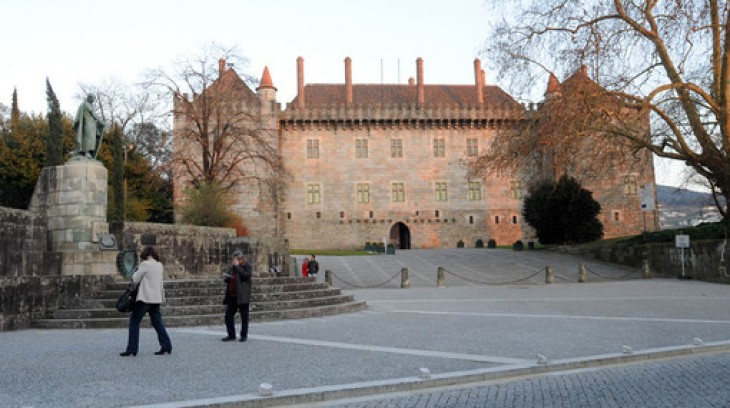
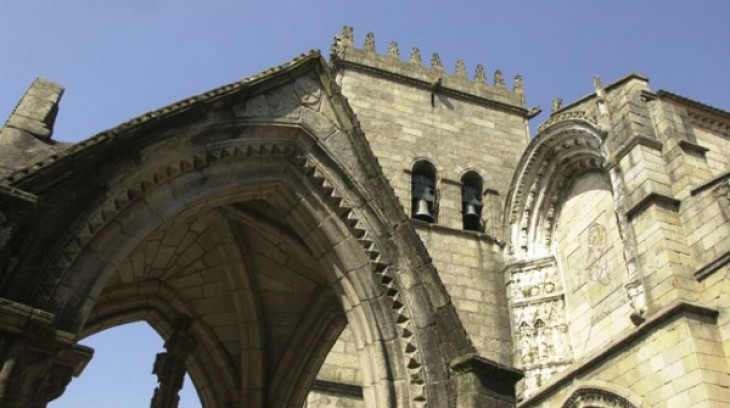
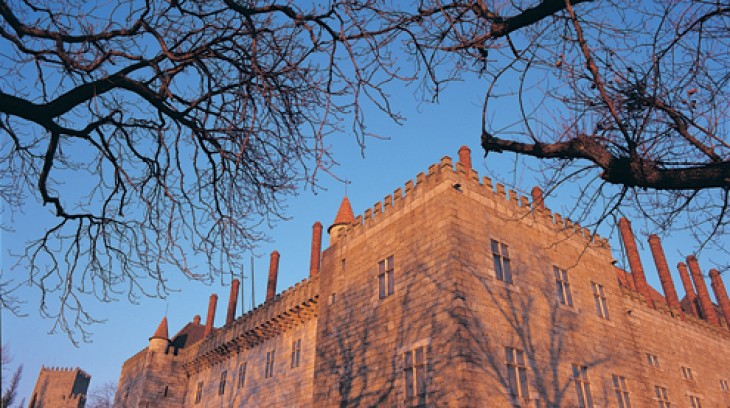
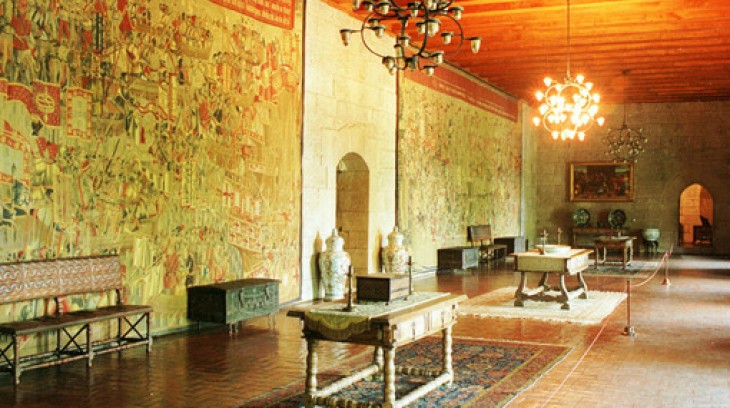


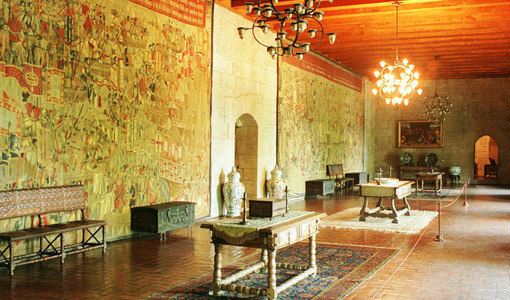
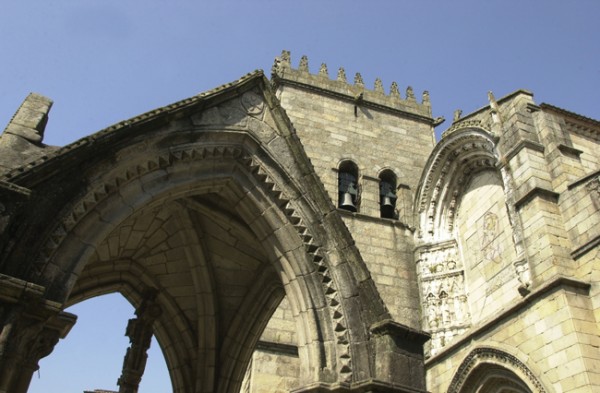


Comments are closed.